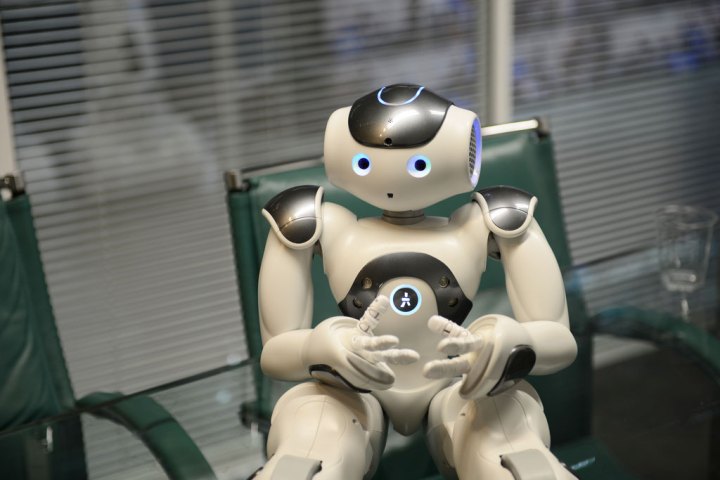
The technology behind robots is one of the fastest growing and most researched in the industry — it seems that every week, we’re marveling at a new feat robots have accomplished. When robots are doing everything from manning a hotel reception desk to building Ikea furniture to washing our dishes (or learning to, at least), it comes as little surprise that experts are now pretty convinced that millions upon millions of jobs will soon be lost to machines. But as robots’ capabilities grow, what’s to stop them from going too far?
Today, there are some 40 countries around the globe developing autonomous weapons (or killer robots), and yet, there are no rules and regulations on how they may be used. A number of big players in science and tech, including both Stephen Hawking and Elon Musk, have long warned of the potential dangers associated with robots that grow too powerful. And yet, there’s been little to no consensus reached on how to address the increasingly relevant problem.
The great danger with war-fighting robots, experts say, is their lack of empathy. These machines would effectively be “devoid of responsibility.” said BAE Systems chair Sir Roger Carr, and would have “no emotion or sense of mercy.” He continued, “If you remove ethics and judgement and morality from human endeavor whether it is in peace or war, you will take humanity to another level which is beyond our comprehension.”
Sure, the danger of killer robots isn’t imminent — we won’t be flooded with scenes from I, Robot in the next year or so. But the horizon is drawing nearer and nearer, and it may be high time to start paying attention to what happens in the end of sci-fi movies.
Editors' Recommendations
- Chocolate mousse in space is more important than you think
- Intel Arc Alchemist desktop GPUs may be worse than we thought
- Intel Arc Alchemist may be even more delayed than we thought
- AMD’s new AM5 socket may be more backward compatible than we thought
- Steam Deck is much more powerful than we thought, per spec correction


